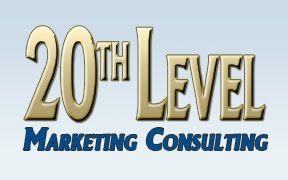Some thoughts on the digital publishing revolution from Clay Shirky in this interview with Publisher's Weekly. Bottom line: It's coming and you'd better adapt to it. Certainly e-readers are helping in this transition; today we find out that Apple has just hit 3 million iPads sold, with the latest million units sold in 3 weeks. The Kindle and the Nook were just dropped in price yesterday to $189, no doubt partly in response to the iPad. The iPhone's iOS 4 was released yesterday, so now all the iPhones and iPod Touches (around 90 million of them) are now e-readers, too, with the addition of the iBookstore (yes, third-party apps could do that before, but now we should expect it to become more common).
So publishers (whether or RPG books, or fiction, or individual authors) need to actively market to this audience. Product development has to adapt to electronic editions, and certainly marketing needs to change. One important issue becomes how to handle the connection between the paper edition of a book and the electronic edition. Some publishers sell them separately (the traditional publishers); some RPG publishers give you the e-book when you buy the paper book. Some just sell the e-book, and you can order a printed book if you like from a POD outlet.
There doesn't appear to be only one correct strategy here. The best advice is to make sure you spend time thinking about your options, and perhaps try some experiments (maybe with part of a product line) and see what sort of results you get. Speculation is far inferior to actual data when it comes to making decisions that affect your income.
Anthropic and the Future of Copyright
4 weeks ago





For Rpg publishers the formating (epub, mobi) for kindle and ipad vs. PDF (which is the primary format of the rpg industry) and the lack of an app from Rpgnow/Drivethru Rpg. Or even a droid or iphone friendly version of there sites is a drawback.
ReplyDeleteYes, formatting e-books is non-trivial. If you use InDesign then epub is easy to support, as is PDF. Beyond that, the different aspect ratio and sizes of various screens (and print!) means that your layout may have issues unless it's really simple. Optimizing the look of your book for each output could be a considerable time investment, and you'd have to look at how many sales you'd need to justify that cost. Though, if you do optimize for a given platform, it does give you an additional marketing hook... "Now optimized for Kindle!" or some such.
ReplyDelete